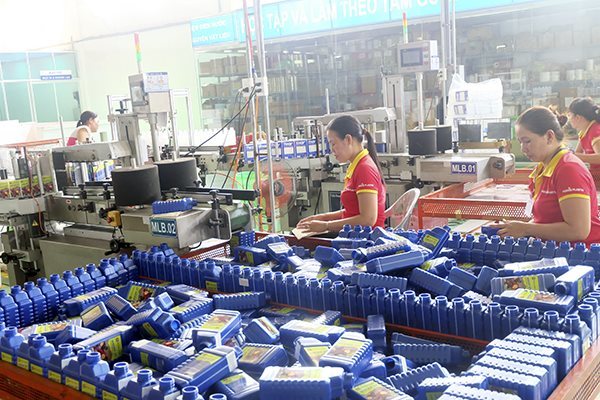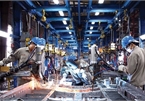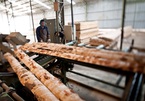Binh Dien Fertilizer JSC, for example, has invested in Binh Duong province, while Kova Paint has relocated investment to Dong Nai.

Tran Hoang Ngan, a member of the government’s Economic Advisory Council and head of the HCM City Development Research Institute, said the 2011-2015 period was the time when the manufacturing and processing industries witnessed the highest investment value in provinces.
The number of enterprises relocating their investments to neighboring provinces has been on the rise in recent years. This was a major reason which led to the 1.12 percent decrease in the proportion of industrial production in the city’s economy in 2018 in comparison with 2016.
HCM City’s Mayor Nguyen Thanh Phong said the city is not as attractive as before to industrial producers and other provinces/cities are luring investors, especially with clean land.
| The city lacks the land to lease for industrial production, which has pushed the land rent in the city up. As a result, enterprises face difficulties in expanding their production bases and increasing production capacity. |
The city lacks the land to lease for industrial production, which has pushed the land rent in the city up. As a result, enterprises face difficulties in expanding their production bases and increasing production capacity.
Challenges for micro enterprises
Phong said though the industrial production scale in the city has been expanding and product quality has improved, the competitive capacity of local enterprises remains modest. HCM City’s export turnover has been growing by 8.6 percent per annum, but the export value is mostly created by the foreign invested economic sector (55.7 percent). Meanwhile, state-owned economic sector just makes up 11.3 percent and non-state sector 33 percent.
Phong pointed out that local enterprises are mostly micro ones. There are 380,000 enterprises in the city, but only 700 enterprises have registered capital of VND1 trillion or higher, while 2 percent have the capital of VND100 billion and higher. Very small enterprises account for 88 percent and the remaining are small and medium sized.
Which way to follow?
Ngan commented that it is no longer reasonable to prioritize the four major industries of mechanical engineering, electronics/information technology, rubber/plastics, and food and foodstuffs.
In order to obtain 7 percent growth rate in upcoming years, HCM City needs to develop new industries to adapt to the 4.0 industry revolution.
“It’s necessary to focus on developing infrastructure for IZs, and supporting high-tech zones, forming new IZs with priority on high technology application,” Ngan said.
Thanh Lich

Vietnam manufacturing, processing industry drives economic growth
The manufacturing and processing industry drove economic growth in 2019 with production volume increasing 11.29 per cent over the previous year.

Wood industry seeks more material suppliers
The wood industry is seeking new supply sources with legal origin certificates, aiming for sustainable development of the industry.
 According to Nguyen Phuong Dong, deputy director of the HCM City Industry and Trade Department, many industrial production enterprises are shifting their investments to neighboring provinces instead of to HCM City.
According to Nguyen Phuong Dong, deputy director of the HCM City Industry and Trade Department, many industrial production enterprises are shifting their investments to neighboring provinces instead of to HCM City.